Let’s Discover Korea in Summer!
Summer in South Korea is very hot ! It’s a pretty humid weather that stay around 30°C from June to August. Let’s find a way to visit the country and stay cool and fresh at the same time ! The best Korea Tour Itinerary in Summer, let me show it to you !
Day 1 – Seoul
Gyeongbokgung Palace
Gyeongbokgung palace meaning “Greatly Blessed by Heaven” is the most famous palace in Seoul and was the main Palace of the Joseon Dynasty. It was destroyed, abandoned and renovated through the centuries and is now an emblem of South Korea ! Then, you can see what originally served as the home of Korean Kings, cabinet office and buildings of that period !
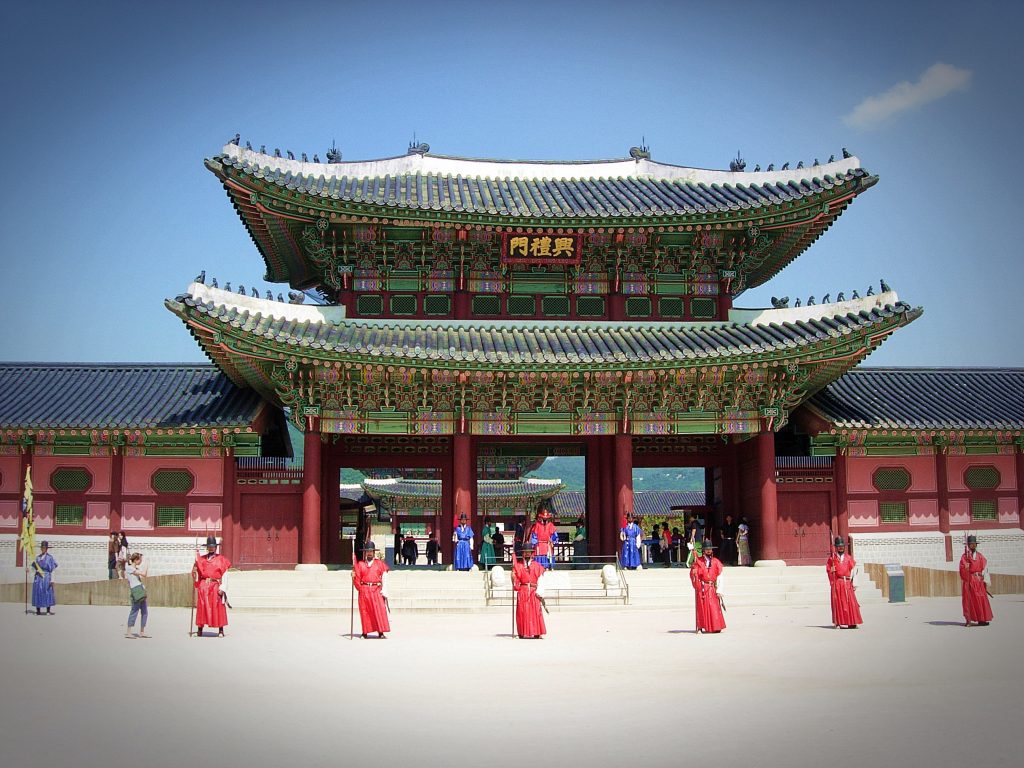
Insadong Street
The Insadong district is well known to foreigners for its multiple shops and restaurants, but especially for these streets and the combined historic and modern atmosphere you can found there. It’s an unique region of Seoul that truly symbolizes the past of South Korea.

Hongdae Street
Hongdae is a busy district of Seoul, near Hongik University. The neighborhood is famous for its street arts and independent music, as well as its restaurants, coffee, small shops, bars. Besides, it’s a youthful and romantic atmophere where you can shop, watch busking performances, enjoy eating with others!

Day 2 – Seoul
Gwangjang Traditional Market
The Gwangjang traditional market is one of the largest in Seoul, you will find a little of everything. Crafts and especially fabrics and textiles mixed with the many colours and smells of food and vegetable stalls! It’s the ultimate places to experience traditional Korean street food and culture !

Bukchon Hanok Village (+ Possible Hanbok Rental)
Village where hundred of traditional Korean houses dating from Joseon dynasty are located. Now, some houses are still inhabited and others are used for tourism purposes. For instance as tea houses, cultural centers, souvenir shops or restaurants for visitors to discover Korean traditional culture! Furthermore, it’s possible to rent an Hanbok, a Korean traditional clothing and walk around the village. Located in 37, Gyedong-gil, Jongno-gu, in Seoul, you can stop at Anguk Station (Lign 3) and walk for 10 minutes. You can visit from Mondays to Saturdays from 10 A.M to 17 P.M !

Namsan Tower
Unmissable Touristic sport in South Korea, Namsan Tower is a telecommunications tower located in Seoul. The tower measures 236 meters, providing an overview of the city. It was originally used as a transmission antenna for channels in Korea, before being gradually transformed into a cultural and tourist complex. As you arrive around the end of the day you can have the chance to see this sublime panorama of the city through 2 different point of view : Day and night,!
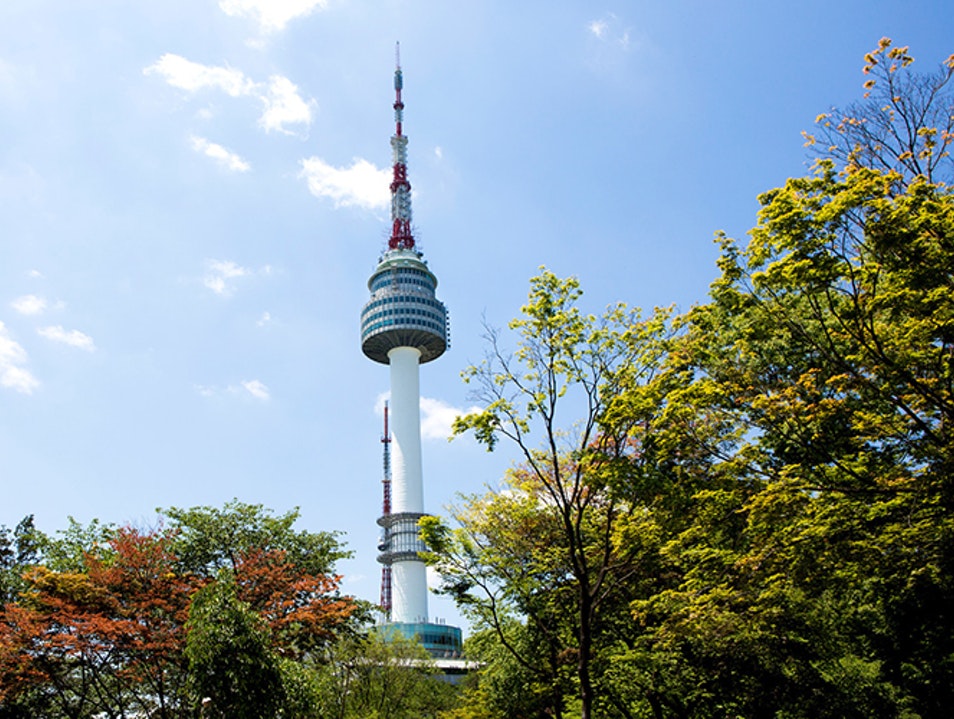
Han River Cruise
Han River Cruise is one of the best way to enjoy Han River. The cruise allow passengers to enjoy live performances and diner as they look at the scenery that flows through Seoul. It’s the opportunity to get some fresh air and forget everything else ! Then, appreciate awesome daytime landscapes or amazing nighttime views and create memories with your family or friends!
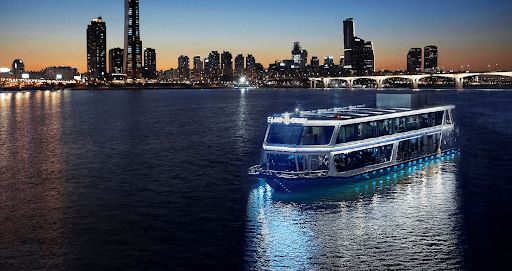
Day 3 – Summer Festivals or Everland Theme Park “Caribbean Bay”
→ You can enjoy your Korean summer by participating in a Summer Festival. Numerous examples of Festival are Ultra Festival 2020 (EDM music : 20/21 June 2020), Buyeo Seodong Lotus Festival, Sinchon Water Gun Festival 2020. Jisan Valley Rock Festival 2020, Daegu Chimac (Chicken & Beer) Festival 2020 or WaterBOMB Festival (Music festival with Water, July 2020).
→ Everland is South Korea largest Theme Park, including rollers a Water Park “Caribbean Bay”. The largest indoor and outdoor water park in the world. It’s a place where you can have a good time with your friends and family and cool down from the summer heat playing water games and attractions!!


Day 4 – Nami Island
Nami Island is one of the best tourist destinations near Seoul. You can take amazing pictures woodlands and tree lanes of the island! Go through the colourful European-style buildings of Petite France, the Garden of Morning Calm and multiple filming locations from K-dramas! And you can also try one of the largest ZipLine in Asia. Attraction where you can go down a wire cable from a 80 meter-high tower to Nami Island 940 meters away.


Day 5 – Boryeong Mud Festival 2020
– Boryeong Mud Festival is an annual South Korean festival held every summer at the end of July. This year it’s from the 19th to the 28th July. If you’re not afraid to be dirty and want to let yourself go without having to think about anything else, this festival is made for you. It’s a festival where you can have fun and enjoy doing crazy stuff in the mud !

Day 6 – Busan
Gamcheon Cultural Village
Gamcheon Cultural Village, were alley, murals and houses are painted in different colours ! You can enjoy a relaxing time taking pictures and having fun with the hidden alleys, tiny streets and stairways, cute cafes that lead you to incredible art pieces that are worth exploring. You can take your time to uncover incredible creativity and art around the area and wander around the colourful labyrinth!

Jagalchi Market & Gukje Market
Jagalchi Market is a must-do for food-lovers visiting Busan. Korea’s largest seafood market, offering a large varieties of live and dried seafood and on-site restaurants. You can find all the fish species and sea creatures you can imagine. You buy your fish on the first floor and you eat it in restaurants in the second floor (there are fees for cooking services)!
Gukje Market is a large and busy Food Street Market with years of history. You can find all sort of food, it’s like an open-seating street dining place!


Haeundae Beach
Haeundae Beach is one of the most famous beach in South Korea, the icon of Busan. Beloved throughout the country where clean sand and wide area appear for 1,5 km long showing off the beautiful coastline of the city! In Summer, the water is a good way to refresh yourself as the weather is too hot! Some people that want a more relaxing day can appreciate beach tanning. Others wanting a bit more of an adrenaline rush can enjoy the water sports such as jet-skiiing and banana boat rides. You can also experience a nice walk in the nearby district, the Aquarium and Cinema Street close by!
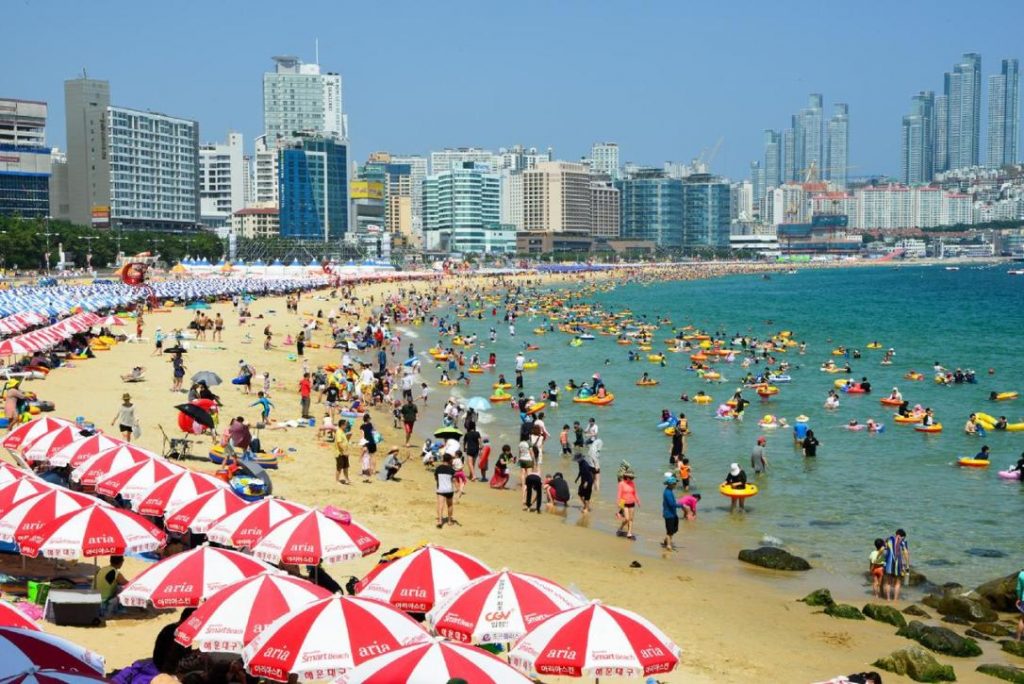
Day 7 – Busan
Yongdusan Park & Busan Tower
Yongdusan signify “dragon’s head mountains”. The 120-meter-high above sea levels, Busan Tower is located here. But there are other sights to see in the area such as the statue of Yi sun-sin, Korea’s naval hero or witness a Korean Traditional Bell and other activities to do.

Headong Yonggung Temple
Haedong Yonggung Temple is one of the few temple in South Korea with a beautiful view of the sea! A Buddhist temple on the cliffs, pretty, soothing and quite unique. Its proximity to the sea which gives it all its charm. In addition, it’s an incredible opportunity to get out of the city and enjoy some incredible views and sea breeze in Summer to cool off.

Taejongdae Park
Another spot in the nature and coastal scenery, far from the bustling city. Taejongdae Resort Park is located on the south part of Busan coast and represent an alternative lookout point in the city. In the Park, you can find evergreen forest, temples, but most visitors head directly to the Taejongdae Observatory and Yeongdo Lighthouse!

Busan Sea Festival
Busan Sea Festival is a Festival set up to promote Busan as a beautiful harbor city. It takes place during several days in Summer at Haeundae Beach, Gwangalli Beach, Songdo Beach, Dadaepo Beach, Songjeong Beach and other places in the city. The Festical includes different cultural and special events, performances and water games !

Day 8 – Jeju Island
Mysterious Road
Finally, last stop of our journey is Jeju Island. After landing from your flight, heading towards Mysterious Road in the North of the Island. The route represent optical illusion defying the Laws of gravity. This Mysterious Road actually has a downward slope of 3 degrees but appears to be uphill because of the higher surroundings. You can go there and try to understand how this road is working !!
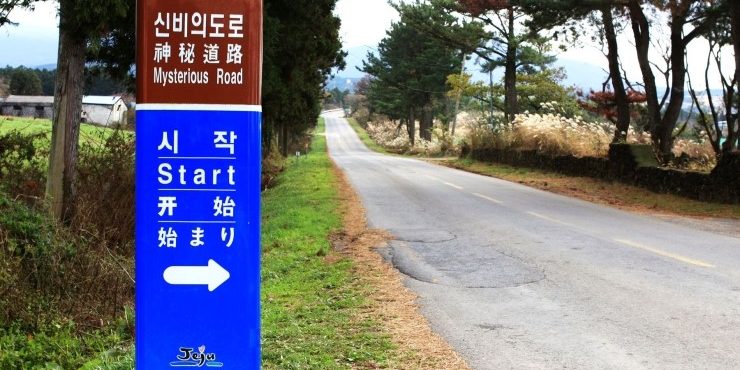
Mount Hallasan
Hallasan National Park is a very popular hiking attraction located in the center of the island. It’s the highest Mountain in South Korea, know for its amazing views. Hallasan is a dormant volcano that is listed as a UNESCO World Natural Heritage site. Once as the top, you can be rewarded with a huge beautiful crater lake as well as breathtaking views of Jeju.

Jusangjeolli Hexagon Lava Cliff
Jusangjeolli Hexagon Lava Cliff are imposing stone pillars that are so incredibly hexagonal that you’d be baffled to know that these are works of nature and not man! The place was formed when Hallasan Mountain erupted into the sea of Jungmun. You will see how the waves throw against the imposing stone columns, it is a unique natural spectacle!

Oedolgae Rock
Oedolgae Rock is lonely rock located near Seogwipo city, not far from Sammaebong Peak. The rock is surrounded by small island such as Bum Island, Sae Island and Seonnyu (fairy) Rock creating a perfect background for hiking. It’s a Rock with a circumference of 10 meters and 20 meters in height, also known as Janggunseok Rock.

Jeongbang Waterfall
Jeongbang Waterfall, situated at a 23 meters-high cliff by the sea, is the only waterfall in Asia to fall directly into the ocean. Furthermore, it’s very accessible and one of the main natural attraction of the island. The sound of the water falling there is similar to that of thunder, and combined with the natural decor drawn by the pines and cliffs, the landscape is spectacular!

Day 9 – Jeju Island
Seongeup Folk Village
Seongeup Folk Village is one of Jeju Island Folklore Cultural Heritage, holding a wide amount of Korean culture folk. The village have been handed down from generation to generation and include treasures such as residential houses, Confucian shrines and schools, ancient government offices, stone statues.

Seongsan Ilchulbong Peak
Known as Sunrise Peak to non-Korean, is another extinct volcano with a huge crater at the top. It’s one of the most famous geographical features of Jeju Island that rose underneath the sea in a volcanic eruption over 100,000 years ago. His name comes from 2 different aspects, “seongsan” is a hill in the shape of a castle, and “ilchulbong” is a high point with a view of beautiful sunrises.

Manjanggul Cave
Another UNESCO World Heritage site and natural monument, Manjanggul cave is one of the finest and longest lava tunnels and lava tubes caves in the world. The total length of Manjanggul Lava Tube is about 7.4km. The Cave was formed thousands of years ago, and is still very well preserved. Interesting structures can be found, in particular stalagmites.

Jeju Stone Park
Jeju Stone Park is a museum and an ecological park inspired by Jeju’s culture and applications of stones. The main theme of the stone lies from Grandmother Seomundae’s legend, where she created Jeju Island and the stones of Obaek Janggun (Five Hundred Generals). In the park, you can see various stone structures, formations and special features and enjoy the beautiful scenery.

Now I hope everything was helpful for your next visit to Korea, where fun and beautiful spots are waiting for you! If you have any questions about Korea, don’t hesitate to send us an email and we will reply to us as best as we can. Let’s try to create the best Korea Tour itinerary in Summer with you!!
Korea Tour Itinerary in Summer
Written by Laura Caillebotte

